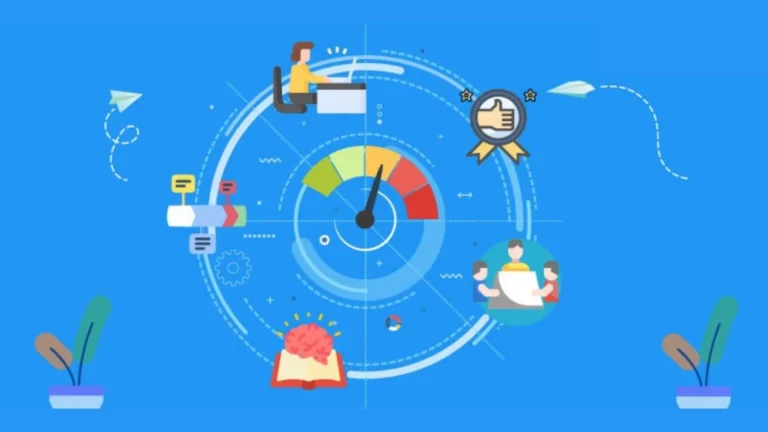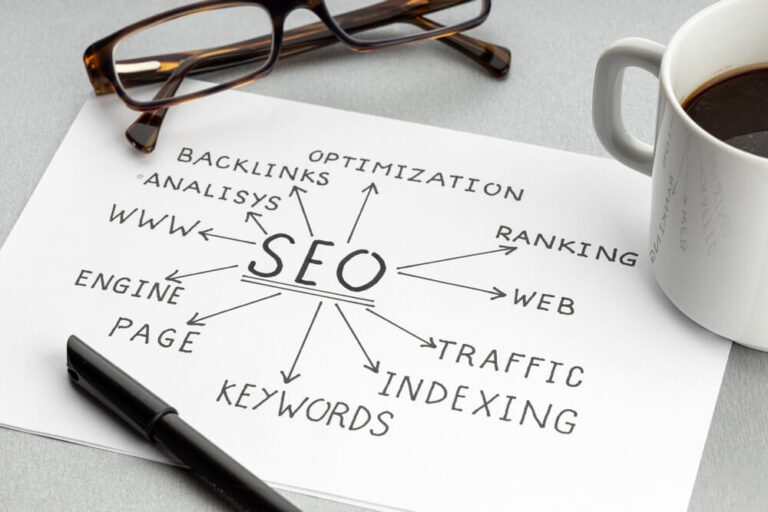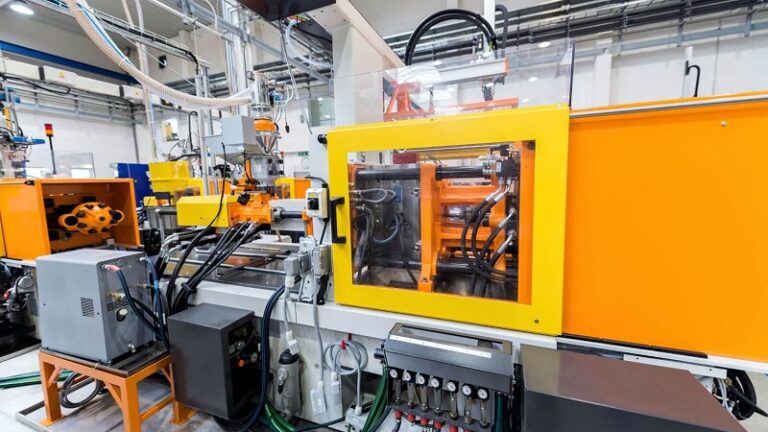Owning a hot tub is a wonderful way to relax, unwind, and soothe your muscles, but it also comes with the responsibility of maintaining the water quality. Hot tub chemicals are essential for keeping the water clean, safe, and balanced. They help prevent bacteria and algae growth, maintain the comfort of your water, and protect your hot tub’s components from damage. Understanding the different types of hot tub chemicals and their specific functions can help you keep your water sparkling clean and safe for every soak.
In this blog post, we will explore the most common types of hot tub chemicals, how they function, and why they’re necessary for proper water maintenance.
1. Sanitizers (Chlorine and Bromine)
Sanitizers are the most important chemicals in hot tub care, as they are responsible for keeping the water free from harmful bacteria, viruses, and other microorganisms. Without a proper sanitizer, the water can quickly become contaminated, leading to poor water quality and potential health risks.
Chlorine: Chlorine is the most commonly used sanitizer for hot tubs. It works by releasing chlorine gas, which kills bacteria and other pathogens in the water. It’s effective at high temperatures and helps to keep the water clean. However, it can sometimes cause a strong smell and may irritate sensitive skin.
- Function: Sanitises the water, kills bacteria, viruses, and algae, and helps to break down organic contaminants.
- How to use: Add chlorine after each use, depending on the number of bathers and the hot tub size. It’s best to maintain chlorine levels between 3-5 ppm (parts per million).
Bromine: Bromine works similarly to chlorine but is often preferred in hot tubs because it is more stable at higher temperatures and has a milder scent. It also doesn’t cause as much skin irritation as chlorine. Bromine is ideal for people with sensitive skin or allergies.
- Function: Sanitises the water, prevents the growth of bacteria, and works at higher temperatures more effectively than chlorine.
- How to use: Bromine is usually added in tablet form, and the levels should be maintained between 3-5 ppm.
2. pH Adjusters (pH Increasers and Decreasers)
The pH level of your hot tub water is crucial for ensuring that your sanitizers work efficiently and that the water is comfortable to use. If the pH is too high (alkaline), it can cause scaling and cloudy water. If it’s too low (acidic), it can cause corrosion, skin irritation, and damage to your hot tub equipment.
pH Increaser: If the pH level of your water is too low (below 7.2), you’ll need to add a pH increaser (usually sodium carbonate, or soda ash) to raise the pH to a more optimal level.
- Function: Raises the pH level to prevent acidic water, protect equipment, and ensure sanitizer effectiveness.
- How to use: Add the recommended amount based on your water’s pH level and retest after circulation.
pH Decreaser: If the pH level is too high (above 7.8), you’ll need a pH decreaser (usually muriatic acid or sodium bisulfate) to lower it to the ideal range.
- Function: Lowers pH to prevent alkaline water, improve sanitizer effectiveness, and prevent scaling.
- How to use: Add the recommended amount gradually and retest the pH after circulation.
3. Alkalinity Adjusters (Alkalinity Increaser and Decreaser)
Alkalinity is a measure of your hot tub’s ability to resist changes in pH. If the total alkalinity (TA) is too low, your pH will fluctuate unpredictably, making it difficult to maintain balance. If TA is too high, the water can become cloudy, and the pH will be more difficult to adjust.
Alkalinity Increaser: If your alkalinity is too low, you can use an alkalinity increaser, typically sodium bicarbonate (baking soda), to raise it to the correct level. Ideal TA levels should be between 80–120 ppm.
- Function: Stabilises pH levels by preventing sudden changes in acidity and helps protect your hot tub equipment.
- How to use: Add gradually, based on your water’s current alkalinity, and retest after circulation.
Alkalinity Decreaser: If your alkalinity is too high, you may need to lower it using an acid-based product like muriatic acid or sodium bisulfate.
- Function: Lowers alkalinity to prevent pH imbalance and reduce scale build-up.
- How to use: Add gradually and test the water after circulation to ensure that the alkalinity is within the ideal range.
4. Calcium Hardness Adjusters
Calcium hardness refers to the level of calcium dissolved in your hot tub water. If the calcium levels are too low, it can make the water corrosive, potentially damaging your hot tub’s equipment and surfaces. On the other hand, if calcium levels are too high, it can lead to scaling and cloudy water.
Calcium Hardness Increaser: If your calcium hardness is too low, you will need to increase it using a calcium hardness increaser (usually calcium chloride). The ideal calcium hardness for hot tubs is between 150–250 ppm.
- Function: Prevents corrosion by raising calcium levels to a safe range and helps protect your hot tub from damage.
- How to use: Add the recommended amount to increase calcium hardness gradually, and retest the water.
Calcium Hardness Reducer: In areas with hard water, you may need to reduce the calcium hardness. In this case, a calcium hardness reducer can be used to lower the calcium levels.
- Function: Lowers calcium levels to prevent scale build-up and protect the hot tub’s surfaces.
- How to use: Follow the instructions for gradual reduction and retest the water as necessary.
5. Shocking Chemicals
Shocking is a process of adding a large dose of chemicals to your hot tub to break down organic contaminants and refresh the sanitizers. It’s typically done when the water looks cloudy, after heavy use, or on a weekly basis.
Non-chlorine Shock: Non-chlorine shock (also known as potassium monopersulfate) is used to break down organic material in the water without affecting the chlorine or bromine levels. It’s often used when you want to avoid adding more chlorine to the water immediately.
- Function: Breaks down contaminants, organic material, and impurities without affecting sanitizer levels.
- How to use: Add after heavy use or weekly, and allow the water to circulate for a few hours.
Chlorine Shock: Chlorine shock is a higher dose of chlorine, typically used to destroy contaminants in the water more quickly and refresh the sanitizing process.
- Function: Provides a stronger shock treatment to cleanse the water and restore sanitizer levels.
- How to use: Add after heavy use, or weekly, allowing the water to circulate and test before using the tub again.
6. Foam Reducers and Clarifiers
Foam reducers and clarifiers help to keep your hot tub water looking clear and free from debris. Foam often forms due to oils, lotions, and other organic material introduced into the water during use. If the water becomes cloudy or foamy, you can use these chemicals to maintain its appearance and quality.
Foam Reducer: Foam reducers help break down foam in the water, usually caused by excessive soap, body oils, and lotions.
- Function: Eliminates foam and restores the water’s clarity.
- How to use: Add a small amount when foam is present, and the water should clear up quickly.
Clarifier: Clarifiers help to clear cloudy water by coagulating small particles into larger clumps, making it easier for the filter to remove them.
- Function: Clears up cloudy water by helping filters remove fine particles.
- How to use: Use when the water appears cloudy or hazy.
7. Stain and Scale Preventers
Stain and scale preventers are used to prevent calcium and other minerals from forming deposits in your hot tub. This is especially important if you have hard water, as high levels of calcium can lead to unsightly stains and scale build-up.
Function: Prevents staining and scale build-up by inhibiting calcium deposits in the water.
How to use: Add as part of routine maintenance, especially in areas with hard water.
Conclusion
Maintaining clean, balanced water in your hot tub requires a variety of chemicals, each playing a specific role in water chemistry. From sanitizing and balancing pH to controlling alkalinity and calcium hardness, understanding the different chemicals and their functions is crucial for optimal hot tub care. By regularly testing and adjusting your water with the right chemicals, you can ensure that your hot tub remains safe, comfortable, and enjoyable to use for years to come.










